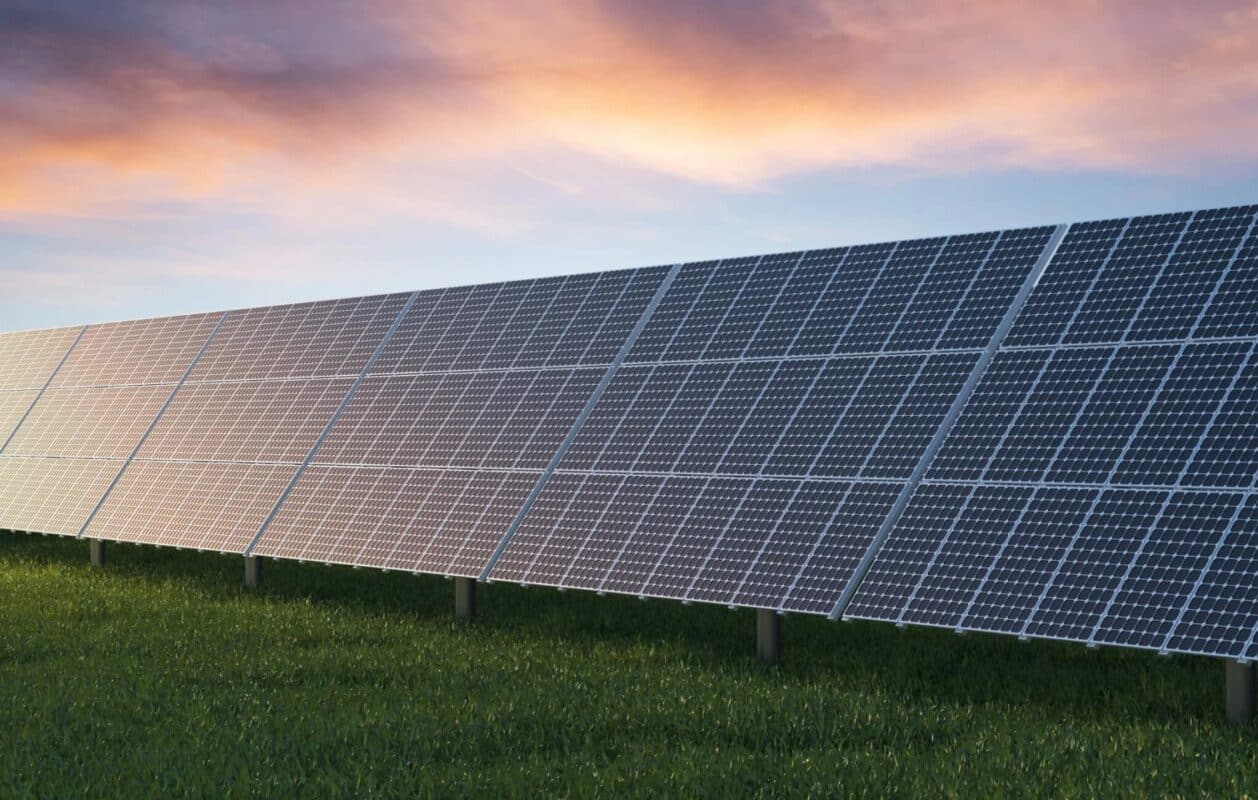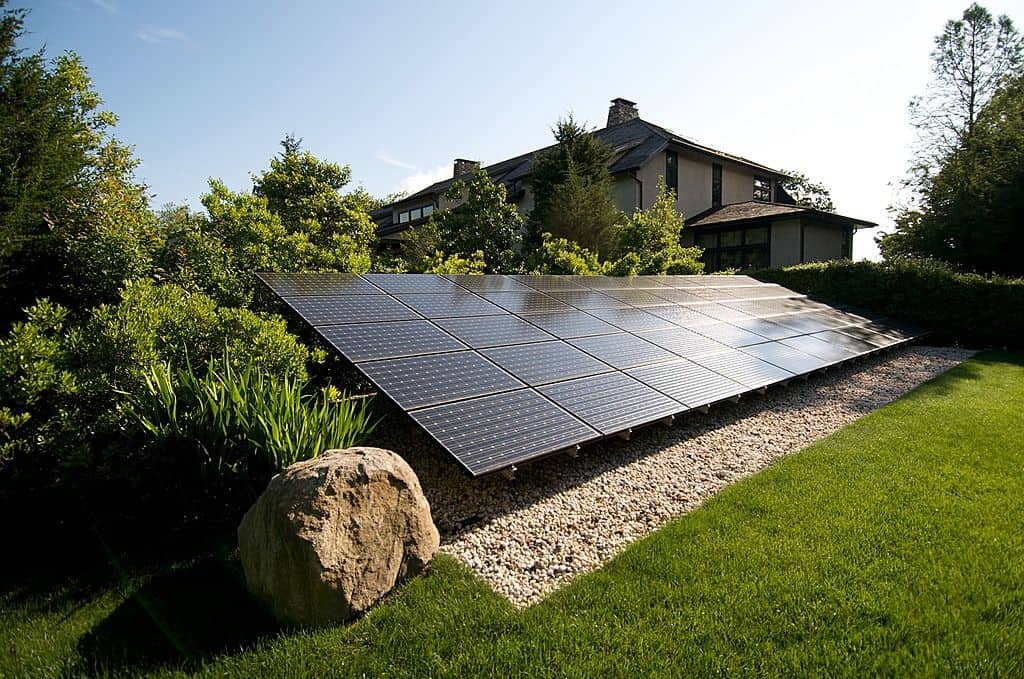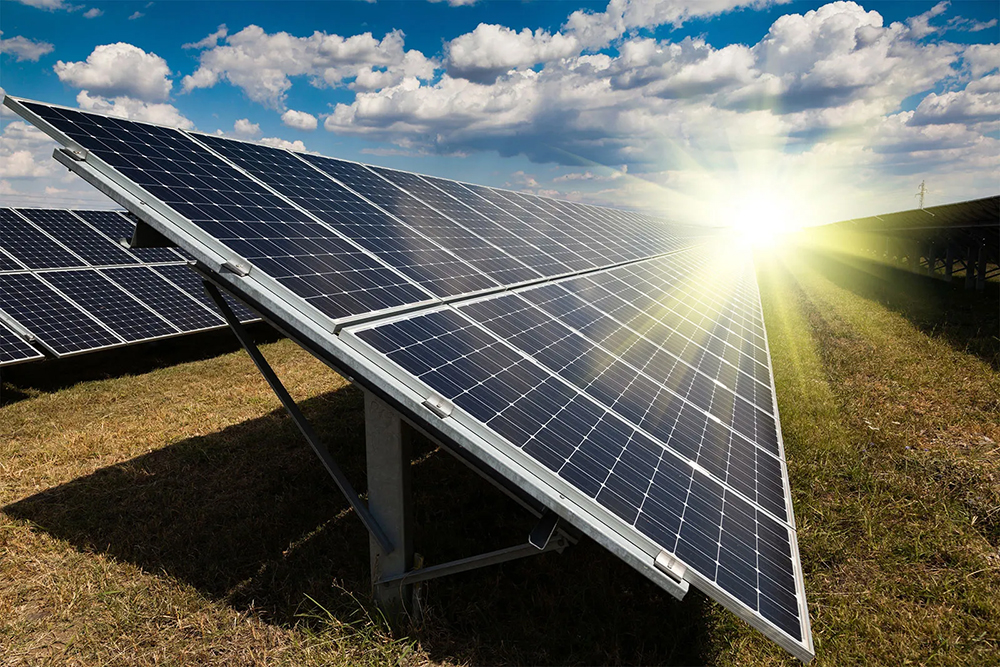Superior Efficiency Rates
Monocrystalline solar panels are known for having the highest efficiency - up to 22%. Efficiency is important to homeowners, as many do not have enough space on their roofs or cannot afford to purchase a system that is synchronized with other renewable energy systems. A typical monocrystalline panel can produce 320 watts of power, while polycrystalline panels can only produce nearly 250 watts per watt.
Long-term cost-effectivenessThe initial price is higher, but monocrystalline panels can save you a lot of money over time. Recent market studies also point out that the average payback time for homeowners using monocrystalline solar systems is less than 5 to 8 years to recover their investment due to lower utility bills. The return on investment also lasts a long time, with a life cycle of more than 25 years. A case study in California showed that homeowners saved $1,200 per year on their electricity bills during the first payback period.
Durable and long-lastingMonocrystalline panels are not only efficient, but they also tend to be the most durable. They are rated to handle extreme environmental conditions, high wind speeds, and huge snow loads. This durable design reduces failure rates and extends service life. An examination of warranty claims proves that monocrystalline panels have a CRK claim rate of less than 0.5% that could result in your system underperforming or failing, thus losing your hard-earned savings, proving that protecting them by purchasing quality products will certainly pay off in the not uncommon cases.
Aesthetic AppealThese panels have a uniform and clean appearance, as evidenced by the high purity silicon material used in their manufacturing process. Studies of the real estate market show that homes with monocrystalline solar panels can have a resale value that is 3% to 4% higher than conventional homes, or at least trade faster.
Low-light PerformanceMonocrystalline solar panels have the added advantage that they perform better in low-light conditions. This allows them to absorb sunlight more efficiently on cloudy days or in areas with less direct sunlight. Under these conditions, monocrystalline solar panels lose about 10% of their efficiency, which means more consistent performance year-round.
Sleek Design For Modern Homes
And unlike regular solar panels, monocrystalline are designed to look very up-to-date they can improve your roof's overall appearance. Their glossy black finish and consistent composition blend in effortlessly with classical or modern roof aesthetics without any dulling of the facade.
Aesthetic Unison through Rooftop DesignsHomeowners are becoming more aware of the type of home improvements they do because it all plays a part in how their property looks. But monocrystalline panels, having all the same color and texture with them, are incredibly easy to blend in with a roof.
Increase in Property ValueThey also help maintain a higher market value of your home due to their nice appeal on roofs you see. Home resale value according to real estate reports: Homes with beautiful solar installations see an average increase in market-value by about 4.1%.
Bespoke Installation OptionsMonocrystalline solar panel manufacturers offer different frame colors and arrangements enabling homeowners to choose a style that best matches the roof's design an color scheme. Neighborhoods with strict homeowners association (HOA) regulations surrounding visible home modifications benefit the most from having these customization options.
Location and Its Appeal to the CommunityA clean solar array can often act as a beacon of hope , helping sway other residents towards adopting renewable energy options for their homes. Neighborhoods with a lot of aesthetic houses that have solar panels are more likely to convert to the technology sooner.
Long-Term Durability
Homeowners prefer monocrystalline solar panels because they are the most durable option on the market. These panels made of monocrystalline silicon are more resistant to shattering and can withstand changes in environmental conditions.
Built to LastA well-built monocrystalline panel can last for more than 25 years. The annual degradation rate of such panels ranges from 0.3% to 08%, which is less on average than other types of solar panels. This slower degradation rate means that even after 25 years, monocrystalline panels can still operate at around 88%-94% of their original efficiency.
Withstands stress from the environmentThey are designed to withstand high temperatures; withstand heavy snow and strong winds. In places with heavy snow all year round, monocrystalline panels have successfully withstood 5400 Pascals of weight and maintained their structural integrity with no or minimal downtime and repairs, effectively increasing power generation.
Low or No MaintenanceMonocrystalline solar panels have a longer lifespan, which means they are less expensive to maintain than polycrystalline solar panels. While many other solar technologies may require periodic cleaning or part replacement, monocrystalline solar panels are simple to maintain and easy to service.
Warranty and SupportMonocrystalline solar panels are backed by very long warranties from the manufacturer, which can last up to 25-30 years. This is the best type of warranty because they also insure the output of the panels and include plans for what might happen if you need to purchase new panels.
Better Performance In Low-Light Conditions
Among the types of solar panels, also takes into account that monocrystalline solar panels are especially effective at producing power in reduced light conditions.
Advanced Light AbsorptionThese panels are made from silicon which is of the highest quality and has extraordinary light-absorption ability. This makes them capable of capturing solar energy even on cloudy or overcast days in the Convert sunlight to electricity. Monocrystalline panels are able to maximize their energy output and retain up to 20 % more efficiency in diffused light conditions compared with other solar panel technologies.
Consistent Energy ProductionMonocrystalline panels perform better in low light conditions they can produce a more consistent power output daily. Homeowners with solar installed in places that tend to be overcast have experienced a leveling off of their daily production, which adds reliability for the power-generation side.
Extended Daily OperationMonocrystalline solar panels start outputting power at a much earlier time in the morning and stop even later into the evening because they work efficiently with low light. The varying panels concluded monocrystalline offered higher power outputs between 30 minutes before sunrise and after sunset than other options available.
Seasonality EfficiencyThis is especially true for homeowners in northern latitudes, during the winter months where sun intensity and duration of daylight hours are shorter. Monocrystalline panels can function well even under these weather conditions, the seasonal factor on solar abilitiesa less significant share for making solara suitable resource throughout the year.
Higher Power Output
Monocrystalline solar panels deliver more power in a smaller space, and they are a perfect choice for homeowners who want to get the most efficiency out of their residential installation.
Efficiently Convert PowerMonocrystalline panels use single-crystal silicon, which gives them an efficiency of 18% - 22%, while other types of solar panels have lower total output rates. This high efficiency allows monocrystalline panels to produce more power per square foot than other types of solar panels. An average 300-watt monocrystalline panel can produce approximately 1.6-1.8 kWh per day, depending on the available sunlight.
Best Use of Limited SpaceThis high power output is especially useful for homes with less roof space. In a highly urbanized, space-constrained area found that placing the panels in this manner allowed homeowners to produce all of their own electricity using 20% fewer Total Eclipse panels than an equivalent multicrystalline or thin-film solar deployment. It features an air-to-water system capacity of 3xRWE160 and 10 x RLC2 cooling towers to meet the required power, and is mounted in a way that reduces installation costs while creating more space on site.
Reduced Total System CostThe initial outlay for monocrystalline p-type panels may be more expensive than other technologies, fewer panels need to be used for a system sized for power output. The reduction in the number of panels required results in a lower overall system cost, which also includes hardware such as mounting brackets and installation labor.
Sustainable Energy ProductionMonocrystalline solar installations give you more power output per panel, reducing your carbon footprint by producing as much renewable energy as possible in a given area.
Minimal Space Requirement
Monocrystalline solar panels are a great choice for homeowners with less roof space who want to get enough power to run monocrystalline solar panels.
Compact Style and DesignMonocrystalline solar panels are generally more efficient than other types of solar panels, providing more power for every square foot of designated roof space. While polycrystalline panels are 15-17% efficient, monocrystalline panels are up to 18%-22% efficient. One benefit is that you can get the same power output on a smaller area.
Optimal Space UtilizationHomeowners can use fewer monocrystalline panels to achieve the same energy goals, making them particularly attractive in an era when residential rooftops are increasingly being installed with solar equipment. These high-output panels, a rooftop size of just 300 square feet can power an entire small house.
Reduced Shade and Orientation RestrictionsThis is where monocrystalline panels come in handy—they are more forgiving when it comes to orientation and shading. And because they perform better in partial shade or less-than-ideal orientations, it means homeowners can fill available space without having to worry about a significant reduction in output. This flexibility is especially useful for homes surrounded by taller buildings or natural structures that create shadows at different times of the day.
Incorporating into multifunctional structuresNot only do these tiles attach to the roof, they can also be incorporated into other elements of the property, a garage, carport or gazebo. Because of this flexibility, homeowners can still maximize their available space without having to sacrifice aesthetics or functionality, and achieve the largest possible solar footprint on other parts of the property.
Increased Home Value
Installing monocrystalline solar panels does more than just save energy; it is also a good investment that can increase the resale value of your home by at least 3%.
Directly Increases the Resale Value of Your PropertyHomes that have monocrystalline solar installations installed tend to appreciate significantly in resale value compared to homes that do not have or have poorly performing solar panels installed. Those homes that have comprehensive improvements (totaling 1 kW of solar) are expected to see an average increase in resale value of $5,911.
Attract Green BuyersEco-friendly homes are no longer a fad in today's real estate market and can be considered the best choice for many potential buyers. Monocrystalline panels are popular for their effectiveness and durability. Areas where these high-efficiency solar systems are selling particularly quickly (in many cases within five days) are those east of the Willamette River: Ashland, Corvallis, and Eugene; in Washington, the Seattle tri-county area leads the way in sales.
Save Thousands of Dollars in EnergyFuture homeowners will also consider this energy source when considering monocrystalline solar panels, and with them, they will be able to save money on their energy bills in a timely manner. More than 70% of people consider a home with a solar system installed to be a highly desirable asset, especially because of the energy cost benefits.
Increased Energy IndependenceYou also get the home security associated with energy independence that comes with solar. Homeowners with solar panels make fewer demands on local utilities and can even experience net-zero energy use.



